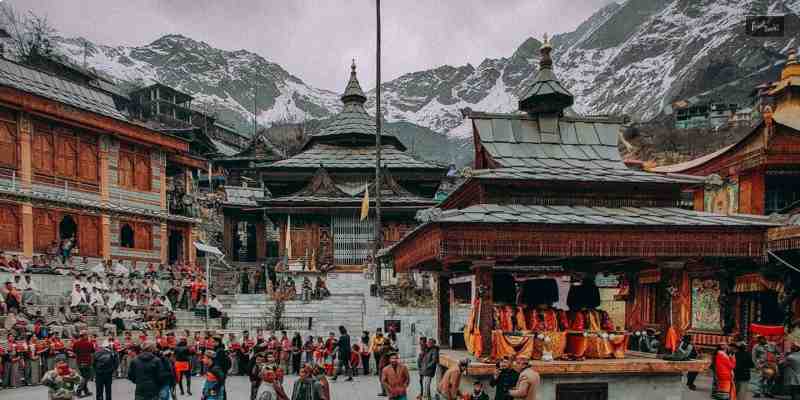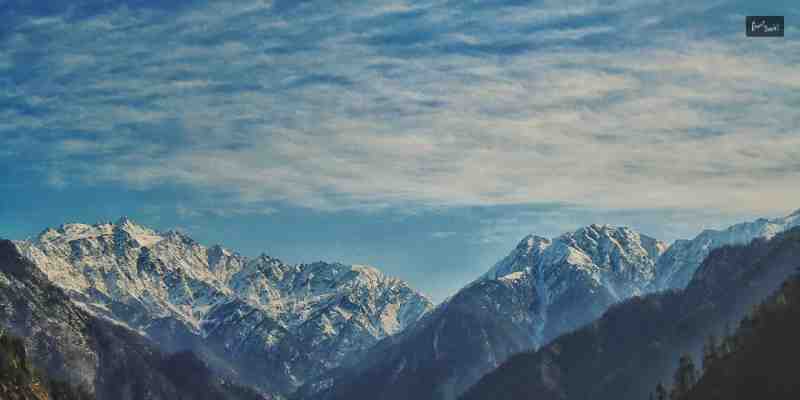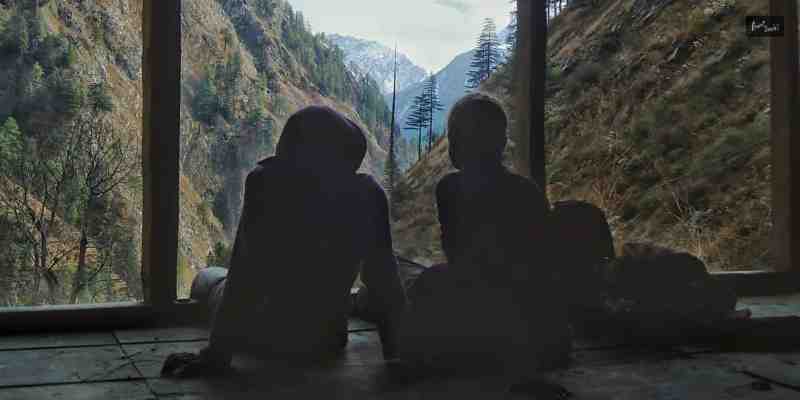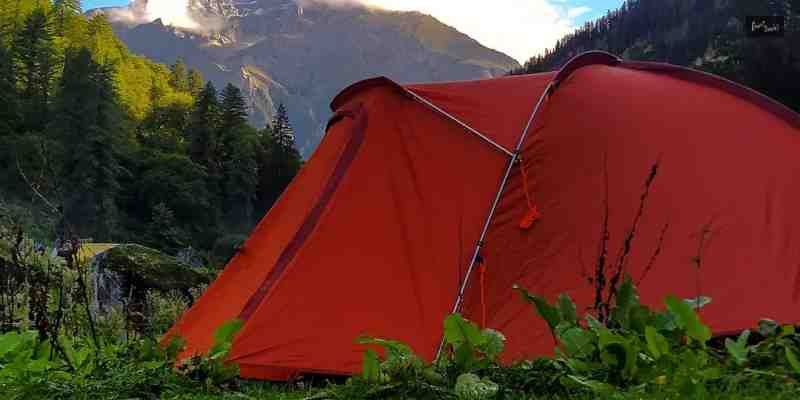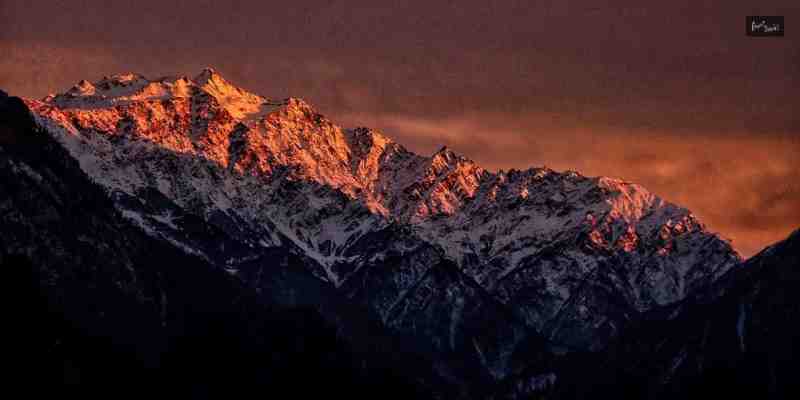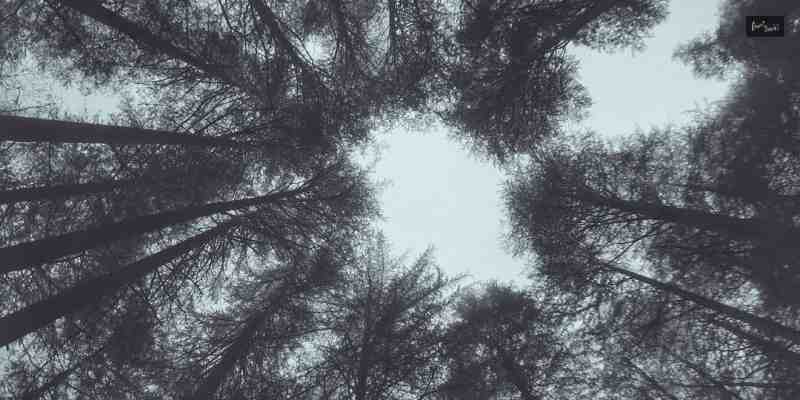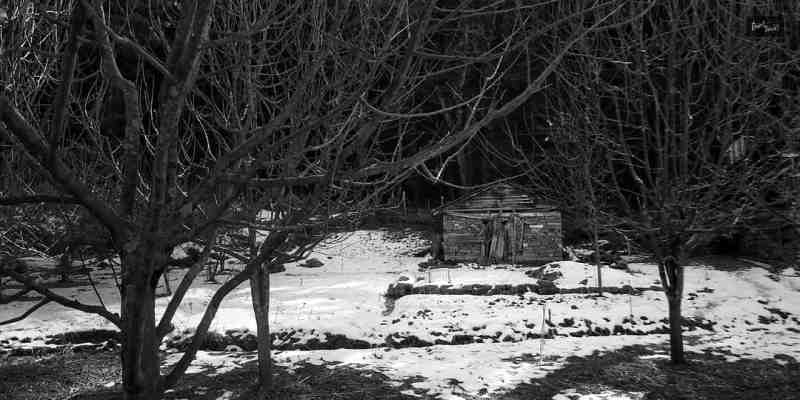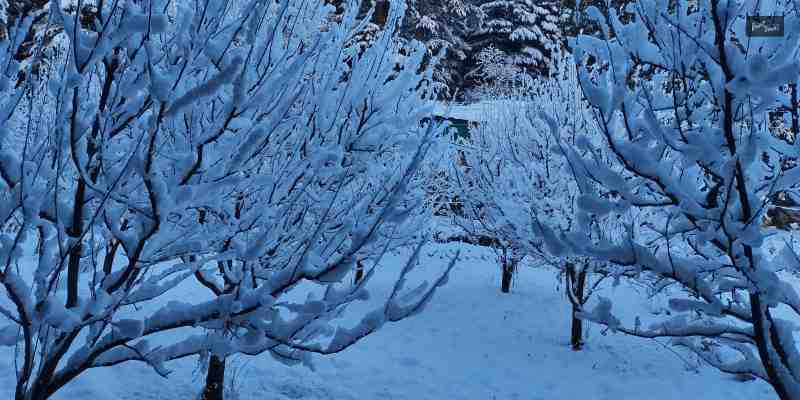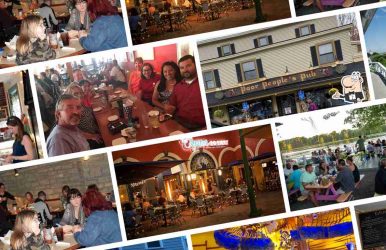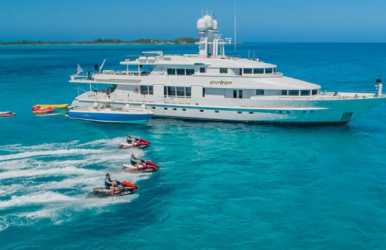Top 12+ Block Island Restaurants For You – Travel & Food Guide
BY Shahnawaz Nov 26, 2022
When it comes to a summer destination, Block Island is a name loved and favored among many US citizens. You can make it your destination for hiking, sailing, fishing, beaches, and bicycling in the summer. But what about food? Do they have good restaurants on Block Island? I thought you would ask this question. That is why I have taken my time to pick up the best block island restaurants. It is no easy task to hunt down the best restaurants in a place. It is even more difficult to tell how each one differs from the other. But you know us. In this article, I have listed some of the best restaurants on Block Island. If you are looking for something similar, then this article should help. 1. Dead Eye Dick's 📉Location218 Ocean Ave, New Shoreham, Block Island, RI 02807-7710📞Phone +1 401-466-2654💻Websitewww.deadeyedicksbi.com⌚Open & closed Everyday Time: - 12:00 PM - 3:00 PM5:00 PM - 9:00 PM How’s The Food! Be it a lunch, dinner, or a late-night meal, Dead Eye Dick’s is a great place with varieties of seafood awaiting you. Different American dishes and coastal New England cuisines are also ready for takeout. Book a reservation if you want, or have fun at Dead Eye Dick’s with your friends and family. Dead Eye Dick’s is among the best Block Island restaurants as well as a recommended one. 2. Poor People's Pub 📉Location33 Ocean Avenue, New Shoreham, Block Island, RI 02807📞Phone +1 401-466-8533💻Websitehttps://www.pppbi.com/⌚Open & closed Everyday (11:30 AM - 01:00 AM) How’s The Food! A wide range of American dishes is available for you to order. If you have time, you should come and enjoy the food as well as drinks here at Poor People’s Pub. Block Island restaurants have a reputation for their great atmosphere. You will love the staff working at Poor People’s Pub. They have good humor. 3. 1661 Inn Brunch 📉Location43 Spring StreetBlock Island, RI 02807📞Phone 401-466-2421💻Websitehttps://blockislandresorts.com/restaurants-dining/⌚Open & closed Everyday (08:00 AM - 11:00 PM) How’s The Food! Block Island restaurants are known for their food. Here, you will find vegan as well as gluten-free food. Here, you can taste fresh food and eat salmon and fish, as well as a wide range of American dishes. If you are looking for a relaxing brunch and good food, you should visit this place. 4. Aldo's Restaurant 📉Location130 Weldon's WayBlock Island, RI 02807📞Phone +14014665871💻Websitehttps://www.aldos-ristorante.com/⌚Open & closed Sunday, Saturday (12–9:30 pm) Monday to Tuesday ( 2–9:30) How’s The Food! Aldo’s is always ready for reservation. You can also eat there or order in. It is a great spot for families to eat good food and enjoy some pizza together. Block Island restaurants are great for serving Italian and American dishes. You should check out Italian and American dishes here at Aldo’s restaurant. 5. Beachhead 📉Location598 Corn Neck Rd, New Shoreham, Block Island, RI 02807📞Phone +14014662249💻Websitehttp://beacheadbi.com/⌚Open & closed Unknown How’s The Food! You can taste the tasty menu of the Beachhead restaurant on Block Island, Thai Calamari, Seafood Nachos, Crab Cakes, or Chicken Wings. For your information, they also have gluten-free and vegan options ready. So, should you be worried about your preferences? No. Read More: 5 Best Places To Visit In North America’s Pacific Northwest 6. Calaveras 📉Location30 Water St, New Shoreham, Block Island, RI 02807-7713📞Phone +1 401-466-2495💻Websitehttps://www.hellocalaveras.com/⌚Open & closed Everyday (11:00 AM - 9:00 PM) How’s The Food! Not everyone looks for a cute place. But, if you are looking for restaurants on Block Island with cute decorations, then Calaveras is the one you should choose. They make and preserve their hibiscus iced tea. I will suggest trying that out. Also, you won't find better Mexican food anywhere else on Block Island. 7. Winfield's Restaurant 📉Location214 Corn Neck Rd, New Shoreham, Block Island, RI 02807📞Phone +14014665856💻Websitehttp://winfieldsbi.com/⌚Open & closed 6:00 PM - 10:00 PM ( Everyday) How’s The Food! Block Island restaurants are known for their quality food. You will love the salad, the rolls served with roasted garlic, and the seafood. American foods are common. So you won't miss what your taste buds crave. Read More: Top 10 Most Popular Paraguay Food That You Must Try 8. Block Island Islands Oyster Bar & Grill 📉Location251 Spring St Hotel Manisses, New Shoreham, Block Island, RI 02807-7704📞Phone +1 401-402-9225💻Websitehttps://www.blockislandoysterbarandgrill.com/⌚Open & closed Unknown How’s The Food! Most customers at Oyster Bar & Grill praise their Watermelon champagne mignonette with oysters. People love the meal here, whether it is lunch, dinner, or brunch. Also, you will love the drinks at the bars here. They keep it coming. 9. The Oar 📉Location221 Jobs Hill Rd, New Shoreham, Block Island, RI 02807📞Phone +1 401-466-8820💻Websitehttps://blockislandresorts.com/restaurants-dining/⌚Open & closed Everyday (11:30 AM - 9:00 PM) How’s The Food! If you are waiting to enjoy a good time, then Block island restaurants are great places. Some good reasons for checking out this restaurant are the New England lobster rolls, burgers, as well as a full sushi bar. 10. Eli’s Restaurant 📉Location456 Chapel St, New Shoreham, Block Island, RI 02807-7890📞Phone +1 401-466-5230💻Websitehttps://www.elisblockisland.com/⌚Open & closed Everyday (6:00 PM - 9:00 PM) How’s The Food! You might find it quite hard to get into Eli’s because this place always swarms with people. Whether you are taking chicken fries in starters or fried chickpea cakes in desserts, you will find this place unbelievably well. 11. The Mohegan Restaurant And Bar 📉Location213 Water St Below the Water Street Inn, New Shoreham, Block Island, RI 02807-7711📞Phone +1 401-466-5911💻Websitehttps://www.moheganblockisland.com/⌚Open & closed Every day from 11:30 a.m. How’s The Food? Mohegan is among the most known Block Island restaurants. Moreover you can order both veg and nonveg food here. Moreover, the palace is comfy, and you will have fun eating their dishes. 12. Persephone’s Kitchen 📉Location235 Dodge Street, New Shoreham, Block Island, RI 02807📞Phone +1 401-466-5070💻WebsiteFacebook⌚Open & closed Everyday (07:00 AM - 5:00 PM) How’s The Food! If you are done riding your bike around Block Island and are hungry for lunch, then this is the place where you should be. The funny thing is– you don't have to wait for long for your order to be ready. Frequently Asked Questions(FAQs): When it comes to good food, most Block Island restaurants try to keep a good profile. However, here are some popular questions and answers you might want to read. 1. Where Do The Locals Eat On Block Island? Ans: Here are some great places to have lunch at Block Island –1. Kimberly's.2. Winfield's Restaurant.3. The Beachhead Restaurant.4. Dead Eye Dick's5. 1661 Inn Restaurant6. Poor People's Pub 2. What Food Is Block Island Known For? Ans: Block Island is a great place to spend your summer vacation in. One of many attractions here is the seafood available in the Block islands. You can check the different seafood available in different restaurants. 3. Is There a Starbucks On Block Island? Ans: Yes, there is Starbucks on the block island. Here is the address – Starbucks Cafe, Corn Neck Road, Block Island, RI. Final Words Be it Eli’s, Dead Eye Dick's, or any other Block Island restaurant, you can expect great food and drinks. Both local people and visitors praise these restaurants and their reputable customer service. Moreover, if you are visiting Block Islands, you should check out these restaurants. So, did you find the recommendations helpful? Please let us know your thoughts on this article. Also, if you have any queries, you can leave them in the comments. Read Also: Three Dollar Cafe – Reviews, Special Food, Pet Friendly Cafe Royal Holiday Vacation: Why Keep Up To Date With Maintenance Fees? Japan Is Now Accepting Travelers: So Why Aren’t Tourists Going Back This Year?

